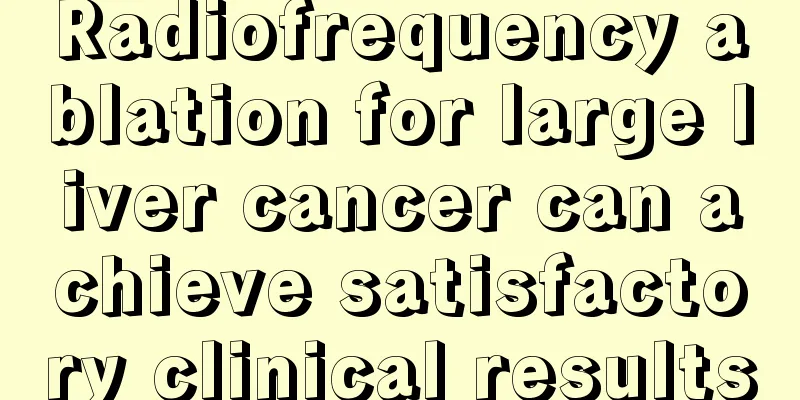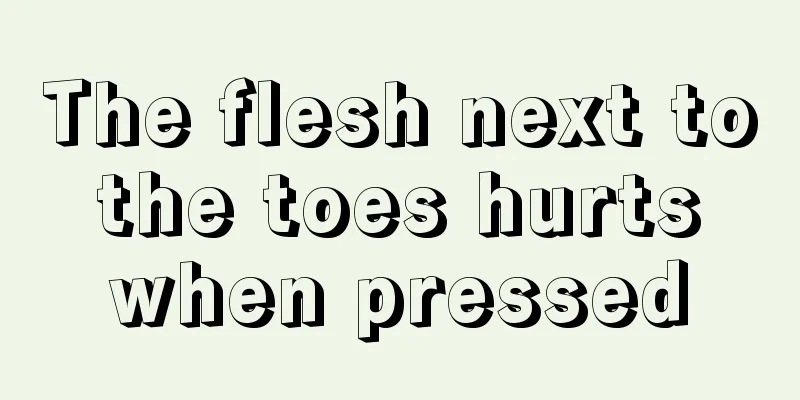Radiofrequency ablation for large liver cancer can achieve satisfactory clinical results

|
In the past five years, radiofrequency ablation technology has been widely used in the comprehensive treatment of liver cancer, and rich experience has been accumulated. With the significant improvement of radiofrequency ablation equipment and the deepening of people's understanding of liver cancer, some carefully selected patients with large liver cancer have achieved good clinical results through comprehensive treatment mainly based on radiofrequency ablation. Combined application of transarterial chemoembolization Rich arterial blood supply is the most important pathophysiological feature of liver cancer. These abundant arterial blood vessels can take away the heat in the ablation focus, thus affecting the efficiency and efficacy of radiofrequency ablation. This is especially true for radiofrequency treatment of large liver cancer. The application of transarterial interventional chemoembolization before radiofrequency ablation can effectively reduce the arterial blood supply in liver cancer and improve the efficiency and efficacy of radiofrequency ablation. Laparoscopic radiofrequency ablation Large liver cancer is often closely related to important structures such as the diaphragm, gallbladder, colon, stomach and duodenum. Therefore, it is difficult to use percutaneous puncture and is prone to complications such as damage to important structures. Laparoscopy can provide a clearer, more intuitive and comprehensive field of view, and the puncture angle is more flexible and applicable, which significantly improves safety. Repeated radiofrequency ablation Large liver cancers often require multiple radiofrequency ablations. Modern studies have shown that repeated radiofrequency ablation can enhance the body's anti-tumor immune function. During the first radiofrequency ablation, tumor cells and some normal liver cells degenerate and necrotize, and a large number of autoantigen components enter the blood, which can activate tumor-specific T lymphocyte responses. Repeated radiofrequency ablation in a short period of time causes a large number of autoantigen components to enter the blood again, and T lymphocytes proliferate in large numbers, which significantly enhances the body's anti-tumor immune function. Pain-free guarantee and breathing support Radiofrequency ablation treatment for large liver cancer can last more than 2 hours. General anesthesia and respiratory support can eliminate the patient's tension and pain, thereby eliminating the patient's tension. |
<<: Five preoperative examinations for esophageal cancer help determine the nature of the tumor
>>: Five commonly used imaging tests for pancreatic cancer screening
Recommend
Borderline serous ovarian tumor
Borderline serous ovarian tumor Ovarian borderlin...
How to identify pure honey
In order to get rich overnight, many businesses n...
10 signs of colon cancer
Based on current clinical observations, there is ...
Which lung cancer patients are suitable for targeted drug therapy? There are these types
If lung cancer patients want to use drugs for tar...
These symptoms in women may be a sign of "cervical cancer"
Speaking of cervical cancer, I believe most femal...
How to get rid of fleas in the quilt
You may find a more effective way to get rid of f...
How to diagnose laryngeal cancer through laboratory tests
In recent years, laryngeal cancer has become one ...
What are the causes of heart failure
As people age, multiple organs will fail. The mai...
What are the dangers of sleeping for a long time?
Many people have the habit of staying in bed, esp...
What are the exercise methods for pancreatic cancer patients
Many pancreatic cancer patients in recovery belie...
What would happen if you don't have a gallbladder
The gallbladder is an important organ in the body...
Why do I feel so weak?
Many people often feel weak all over. They should...
What is the cure rate of ductal breast cancer?
The patient has invasive ductal carcinoma, a type...
What causes pancreatic cancer
Pancreatic cancer is a serious malignant tumor wi...
The most common health care methods for brain cancer
Brain cancer is one of the common tumor diseases....









